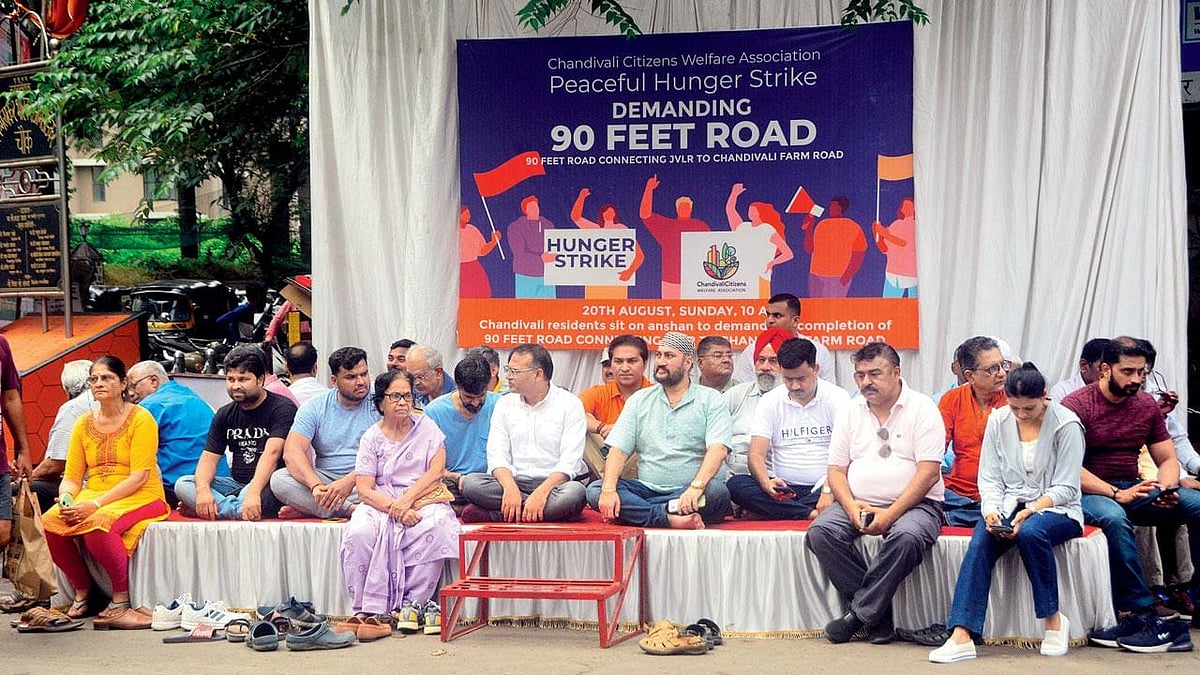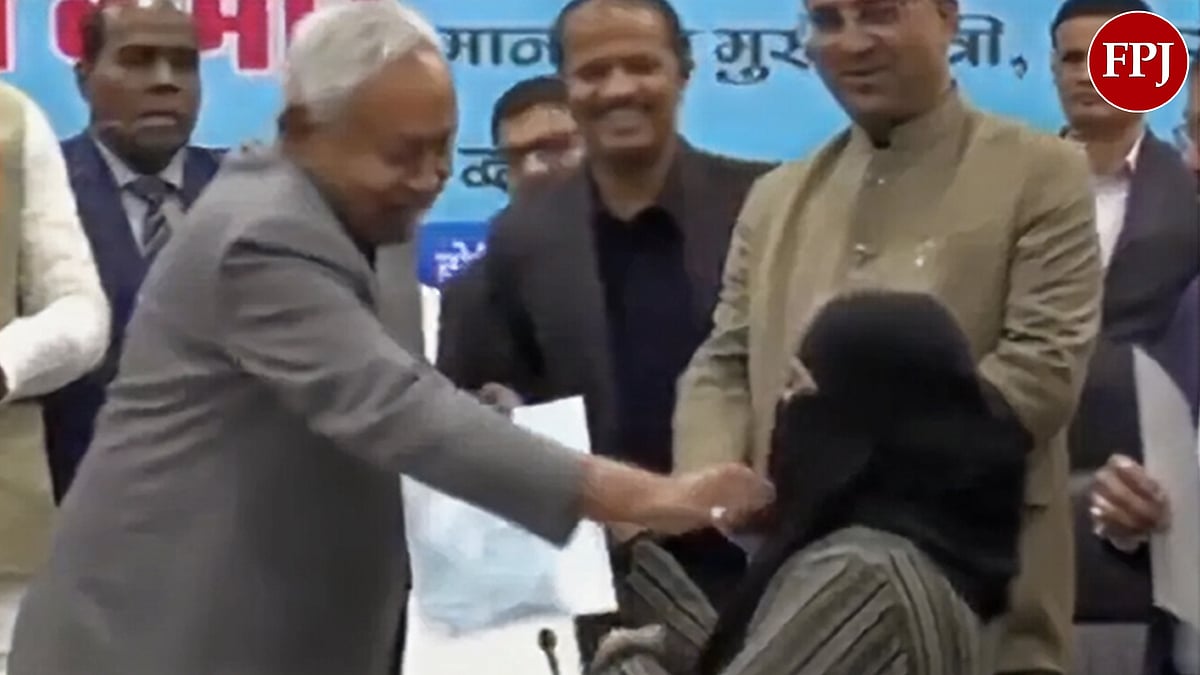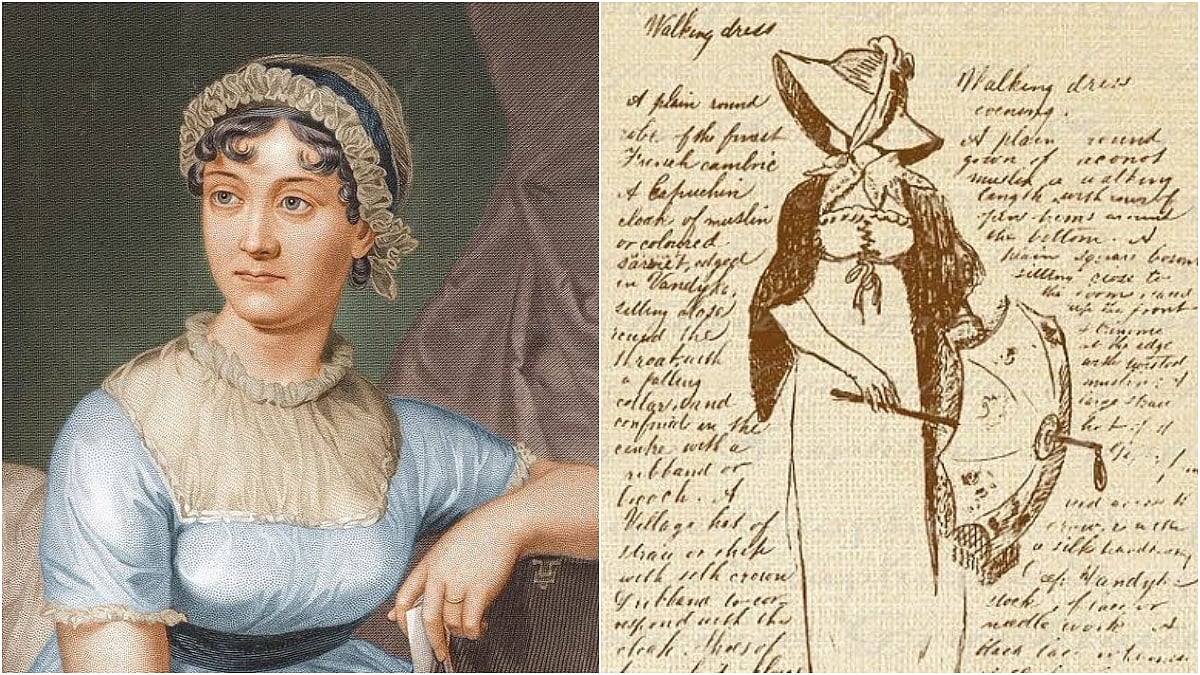The abolition of revenue deficit as an FRBM target is ridiculous and against the very basic principles of budget making. It only helps take the eye off the ball. No government should borrow to meet current consumption, just as no householder should borrow for an extravagant living.
The Union Budget 2018-19 presented to Parliament on February 1, 2018 is the fifth budget of the NDA government and more importantly, it is the budget before the General elections. Many have argued that it strikes a different path. The finance minister has called it a journey of reforms and good governance, a Budget that is pro-poor and will help drive a higher growth trajectory, generate employment and offer a credible fiscal glide path. The budget cart can be studied from the following four areas: (i) governance, economy and development; (ii) investments, expenditure and policy initiatives; (iii) taxation proposals, and; (iv)fiscal management.
On the first, the focus is on the move to achieve a high growth path of eight per cent plus. This growth hinges on investment, and investment in turn depends on savings of the community, comprising households, the private corporate sector and the public sector, which is predominated by the government sector. As evidence suggests, both government and private investment has slowed down. So have savings. The growth of the Indian economy in recent years, which has been around 7- 7.5 per cent on an average, has been to a large extent contributed by consumption. Such consumption-led growth is unsustainable. The budget has not set out any concrete provisions to boost investment. Rather, government investment, in terms of capital expenditure, is meager and revenue expenditure, which is mostly consumption oriented, has been higher. The Insolvency and Bankruptcy Code and bank recapitalisation could help the investment revival, but at the margin. The answer to higher growth is higher savings and higher investments. The budget has not made any endeavour to create a virtuous cycle of higher savings and higher investments.
The second wheel of the budget cart, and the one most discussed and also the one that has brought much of the kudos to the FM, consists of agriculture, health, education, MSMEs and infrastructure. The budget has emphasised the enhancement of farmer’s income through Minimum Support Price (MSP) and rural marketing schemes. While all of this is a huge plus, it may be noted that MSP is a double edged sword. Evidence suggests that there are some elements of inflation potential in MSP. Another scheme announced in the budget is “Operation Green” for perishable commodities like tomatoes, onions and potatoes. The scheme is intended to connect farmers and consumers by means of processing facilities, agri-logistics and professional management through a Farmer Producer Organisations.
Education and Health are the next big tickets. The ambitious schemes such as Ayushman Bharat and National Health Protection Scheme have no operational details. Similarly, many of the MSME schemes such as contribution of provident fund, system of fixed term employment, are cosmetic. There are no specific and concrete proposals for road, railways and air transport. Railway safety is an important issue. So, also is the rural connectivity by road.
On taxation proposals, there is no clear cut road-map to bring in more people under the purview of taxation. The benefits of enhancement of standard deduction to Rs. 40,000 when seen in conjunction with an increase in education cess to four per cent make it not such big a deal.
The fourth and most important part is fiscal management. The introduction of GST is certainly a welcome move but GST has a 20 year history and the present government should not take full credit. The thorny issue of many rates is still an unresolved element in GST. The government may sooner or later consider very few rates and also lower rates as GST being an indirect tax has the potential of regressive character and to a large extent could promote inequity in the taxation system.
The persistence of a budgeted revenue deficit as a percentage of GDP at 2.2 per cent accounting for about 66 per cent of the net borrowings of the government (fiscal deficit) is against fiscal prudence. As long as the revenue deficit continues, there is a compulsion on the budget to borrow more and thereby enhance the fiscal deficit. It is true that this is nothing new. This has been the case for the past so many years. So, for this critical inner machinery of fiscal management that drives the wheels of the nation, it’s the same old story of government on a merry spending spree.
Unfortunately, the Union Budget has proposed a revised Fiscal Responsibility and Budget Management (FRBM) architecture by doing away with revenue deficit and making fiscal deficit as the operational target. The abolition of revenue deficit as an FRBM target is ridiculous and against the very basic principles of budget making. It only helps take the eye off the ball. No government should borrow to meet current consumption, just as no householder should borrow for an extravagant living.
Another aspect of weak fiscal management is the fiscal slippage in 2017-18 in all deficit indicators and also in the fiscal deficit overall which will henceforth be the operational target. The fiscal slippage in revenue deficit as seen in the revised estimates for 2017-18 was to the tune of 0.7 per cent whereas it was 0.3 per cent in the fiscal deficit, that too riding on the back of higher disinvestment receipts. The worrisome feature is the decline seen in capital expenditure. The revised estimates for 2017-18 placed capital expenditure at a lower level of Rs 2,73,445 crore, down from Rs 3,09, 801 crore in the budget estimates. The danger of making fiscal deficit as an operational target is that as it has happened in 2017-18, there is a threat to reduce the capital expenditure to meet the target, given the downward rigidity in the many components of revenue expenditure, such as interest payments, pension, food subsidies and wages and salaries.
If 2017-18 is any guide, there are serious question marks on reaching the budgeted fiscal numbers for 2018-19. This has implications for budget integrity. To sum up, the finance minister and the government are riding on a budget cart which has broken wheels. Many have said this is an election budget. Actually, it is more a budget that will be an instrument for elections, offering a lot but delivering very little.
Pattnaik is a former central banker and Rattanani is a journalist. Both are faculty members at SPJIMR. (Syndicate: The Billion Press)









